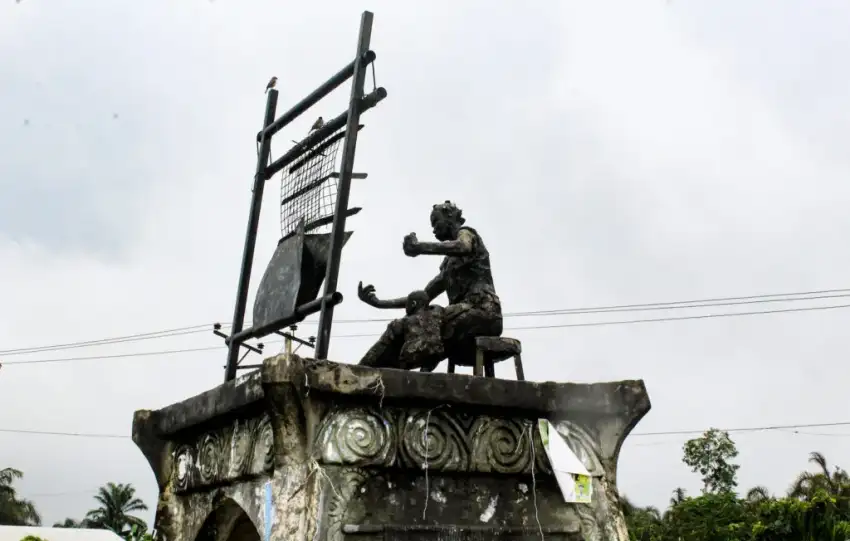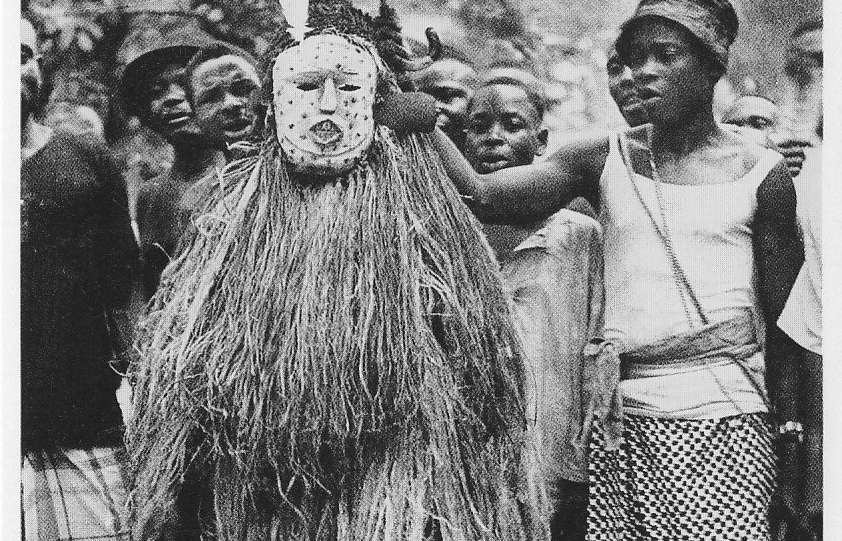
Igbo Atilogwu is a vibrant and energetic traditional dance performance from the Igbo people of southeastern Nigeria, significantly in the Wawaa areas of Igboland; parts of Anambra, Enugu, and Ebonyi States.
The Atilogwu dance, a highly energetic and acrobatic performance, is one of the most celebrated forms of Igbo cultural expression. Originating from southeastern Nigeria, particularly in the Nsukka area of Enugu, Afikpo area of Ebonyi, and parts of Anambra, this dance form embodies the Igbo people’s passion for storytelling, entertainment, and cultural preservation. Known for its demanding choreography, Atilogwu requires dancers to perform complex synchronized moves, including high jumps, somersaults, flips, and rapid spins, which emphasize physical strength, agility, and endurance.
Known for its acrobatic and rhythmic movements, it is often performed during celebrations like festivals, weddings, and other communal events. The dancers, typically young men and women, wear colorful costumes and perform synchronized high jumps, flips, and other complex moves to the rhythm of traditional Igbo drums, flutes, and other instruments.
Costume and Instrumentation
Dancers in an Atilogwu performance wear vibrant, traditional costumes, often made with brightly colored fabrics and adorned with beads, raffia, and feathers. These costumes not only add visual appeal but also embody cultural symbolism, with certain colors and materials reflecting status, heritage, or clan identity.
The music accompanying Atilogwu performances plays a crucial role in setting the rhythm and mood of the dance. Traditional Igbo instruments such as udu (pot drum), ekwe (wooden slit drum), and ogene (gong) create dynamic, rhythmic beats that drive the intensity of the performance. Flutes and hand claps add melodic elements, enhancing the overall experience for both dancers and audience members.
Significance and Themes
Atilogwu is not only a form of entertainment but also a medium for cultural storytelling. Each movement and sequence in the dance can convey narratives from Igbo folklore, tales of bravery, community values, or the triumphs of Igbo ancestors. The dance serves as an educational tool, preserving Igbo history and beliefs through a performance medium that engages all generations.
1. Cultural Celebrations: Atilogwu is a staple performance during Igbo festivals, weddings, and initiation rites, where it serves to honor significant life events and foster community unity. The dance is often performed during the New Yam Festival, a major event celebrating agricultural abundance and thanking the earth for its bounty.
2. Symbol of Identity: Over time, Atilogwu has grown beyond its regional origins, representing Igbo identity in broader Nigerian and even global cultural contexts. The dance is showcased at national events, international festivals, and by Igbo diaspora communities, symbolizing pride in Igbo heritage.
3. Physical and Artistic Discipline: The dance’s acrobatic elements make it a demanding art form that requires training, discipline, and teamwork among performers. Young men and women undergo rigorous preparation to master the movements, developing not only physical fitness but also a sense of discipline, commitment, and pride in their culture.
Legacy and Contemporary Influence
Atilogwu remains an iconic symbol of Igbo culture and has adapted to modern times, with new generations incorporating contemporary choreography and music. However, its core traditional elements and significance remain, allowing it to bridge the past and present. Today, Atilogwu is celebrated in cultural festivals, academic discussions on African performance arts, and in the entertainment industry, highlighting the resilience and adaptability of Igbo cultural expressions.
Atilogwu is meant to showcase physical agility and endurance, while also serving as a form of storytelling and entertainment. It is one of the most iconic forms of Igbo cultural expression and continues to be popular both within and outside Igbo communities.
Reference
Cole, H. M., & Aniakor, C. C. (1984). Igbo Arts: Community and Cosmos. University of California Press.
Okafor, C. F. (1998). Dance and culture in Nigeria. African Studies Review, 41(2), 1-20.
Isichei, E. (1976). A History of the Igbo People. Palgrave Macmillan



